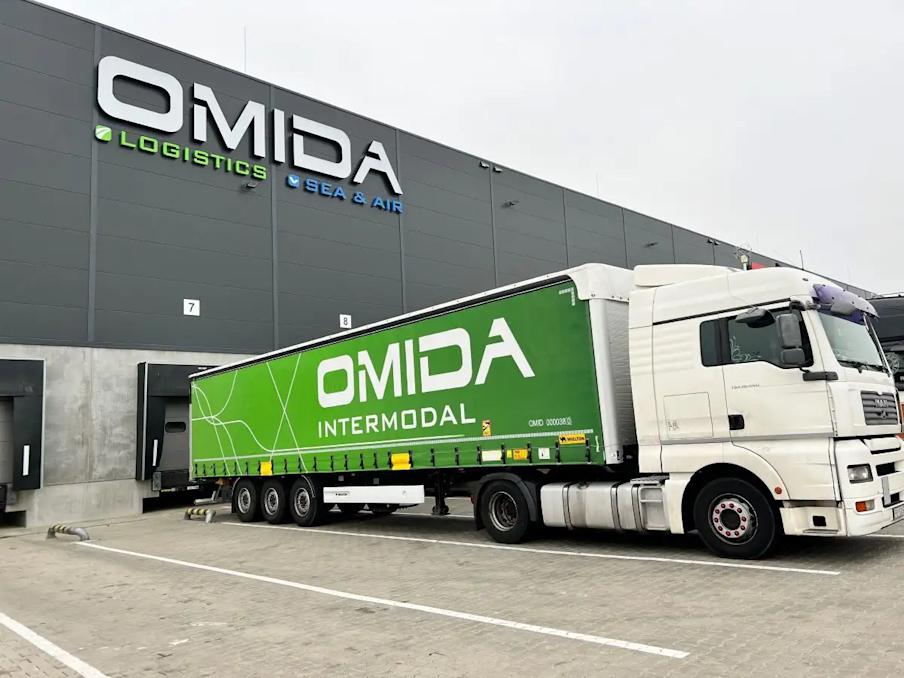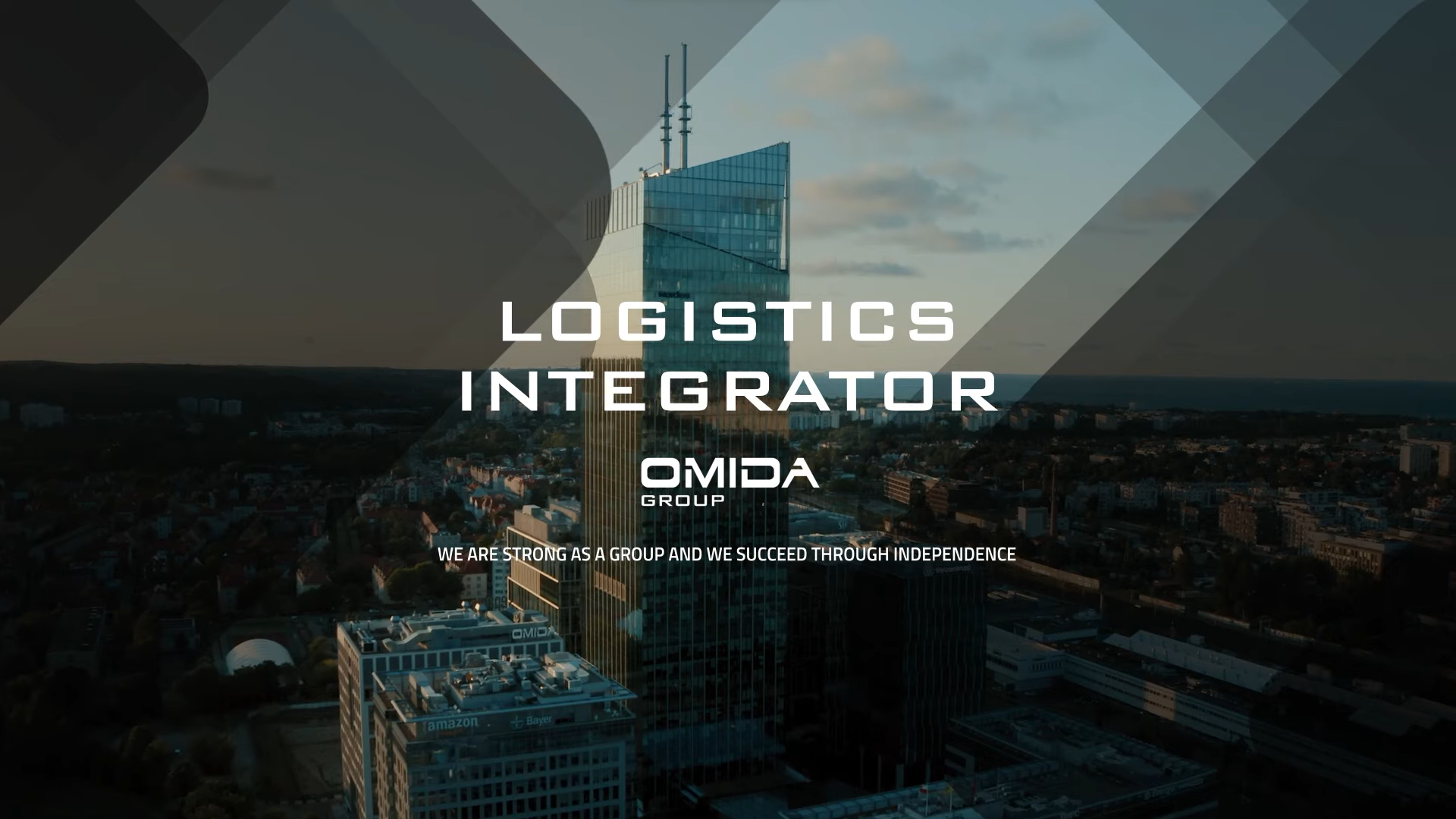Not every online store has its own WMS, but everyone can consider using a solution that provides this integration between the warehouse and their CMS. Many people may associate the warehouse process with logistical tasks that are difficult to handle. This is what it looks like when the number of orders grows and there is not enough space for goods in the warehouse. Then we imagine huge halls, shelves as high as the roof and warehouse workers absentmindedly trying to figure out where the goods are in the warehouse. In today's article, we will mention the WMS system, which significantly affects the entire warehouse process.
What exactly is a WMS system?
WMS stands for “Warehouse Management System”. “Warehouse Management System” is a professional IT program that aims to coordinate in the daily management of warehouse operations. Depending on the type of activity performed, the WMS system groups orders and manages the process through an interface accessible to any warehouse employee on a mobile device (scanner or tablet). This system saves time when searching for selected goods, which leads to increased profit thanks to better communication between warehouse - supplier - customer. The implementation process of this system into a company usually takes from 3 to 12 months. This is influenced by the construction of a local server, a local Internet network and a terminal for warehouse workers. At the time of choosing a logistics partner, it is worthwhile to find out about the experience of a given company in the implementation process. Such an attitude will save a lot of time and nerves and guarantee the use of the best tools for integrating warehouse systems with ERP and CMS on the client's side.
Why is a WMS so crucial in warehouses for online stores?
An efficient IT system allows you to control all processes taking place in the warehouse. Among other things, it allows you to easily receive goods and easily locate items selected by the warehouseman for shipment. The most important function that this program offers is the ability to control inventory updating data on the movement and status of goods on an ongoing basis. This system is very flexible in adapting to the specifics of the warehouse. It gives a lot of configuration possibilities and easily integrates with systems such as MRP, TMS and ERP, about which it is worth writing a little more.

ERP system in correlation with WMS
The ERP system is responsible for collecting customer information and allows accounting documents to be issued for each transaction. It is very flexible in terms of functions and relevant modules. Thanks to the features used, ERP has been developed to the level of web technologies and web browsers, so issuing an invoice anywhere has become possible. Going in the direction of full automation, issuing invoices and receipts by means of integration between the online store and the ERP has become possible, and in this case, a module has been added to this connection path that also integrates packaging and pulling the product from the warehouse.
What role does the WMS play?
The WMS receives the order and displays to the warehouseman the position of a given item throughout the warehouse. This speeds up the process of transferring the information and completes the order in a very short time, and the warehouse keeper knows where the goods are located and what additional items should be included in the package. This could be an add-on in the form of a gift from the brand, or it could be an instruction manual or simply an invoice attached to the package. The benefits of using these two systems are reaped by both end customers and online store owners automating business processes.

The entire WMS and connected ERP system can meet the expectations of even the most demanding customers. Check it out for yourself and see how the e-WMS system works by establishing cooperation with Omida VLS. For a detailed description of E-commerce processes, visit https://omida.pl/ecommerce/.



